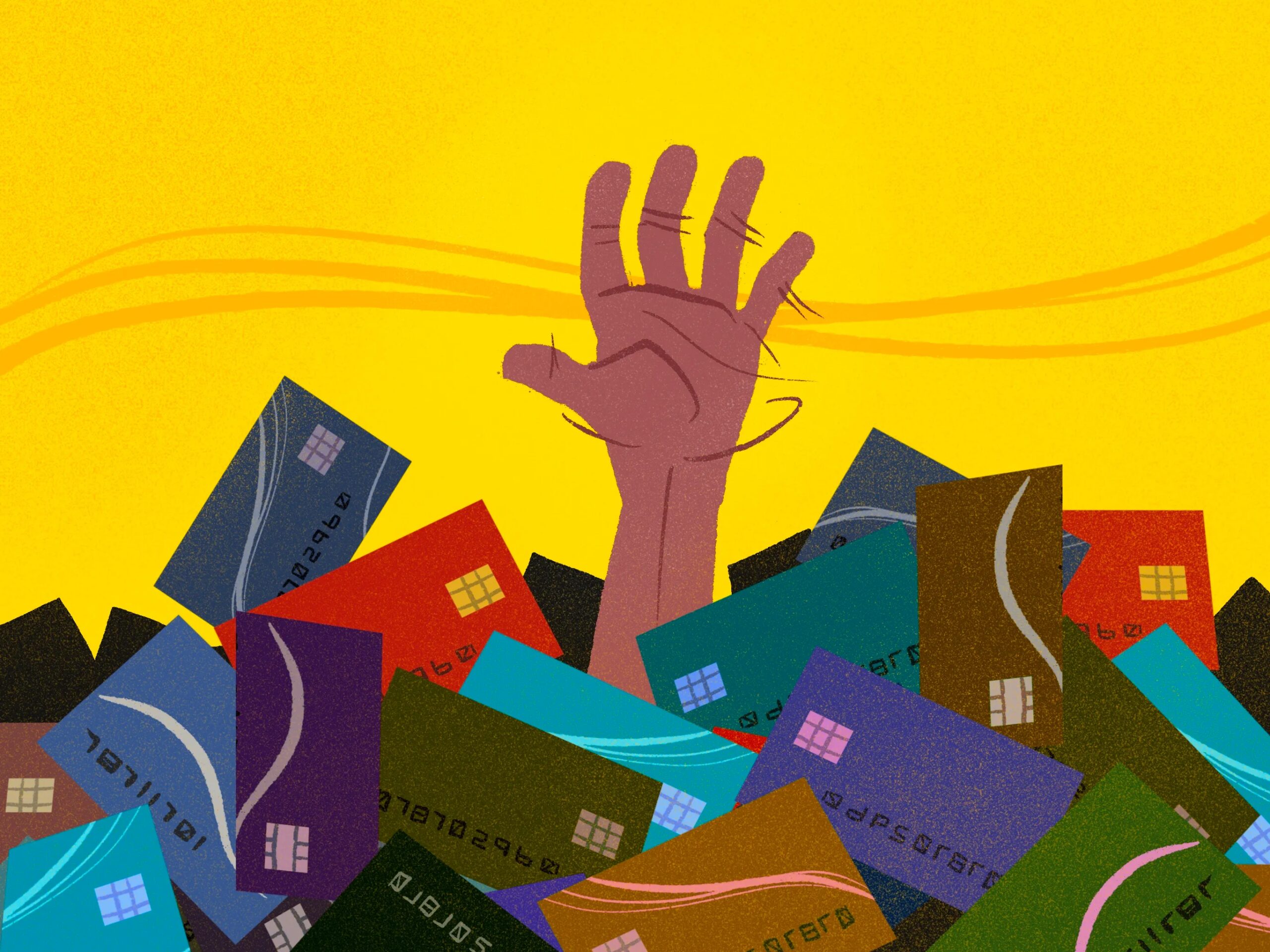Americans are opening credit cards and racking up larger balances, pushing the country’s credit card debt to a new record high.
High interest rates, stubborn inflation and continued consumer spending are among the factors that have lifted collective credit card debt to an all-time high of $1.21 trillion, according to a New York Fed report. That’s up from $986 billion two years ago.
The latest data from the bank’s Consumer Credit Panel suggests Americans opened new credit card accounts around the holidays and continued to add debt, although not necessarily at an alarming rate.
In the fourth quarter of 2024, consumers added about 17 million credit cards, a major increase from about 5 million added during the same period a year earlier.
The good news: Americans took on less credit card debt in the quarter with balances rising by $45 billion, which compares to a $50 billion increase in the fourth quarter of 2023. Credit card balances will likely decrease again in the first quarter of 2025, based on seasonal post-holiday trends.
“Overall, consumers are in pretty good shape in terms of the household debt landscape, largely driven by stable balances and solid performance in mortgage loans,” New York Fed researchers wrote in a post commenting on the quarterly data release, which also examines mortgages, auto loans and other types of borrowing.
Still, credit card delinquencies are a point of concern that will need to be watched moving forward. In the fourth quarter, the share of credit card balances 90-plus days delinquent hit 11.35%, the highest level since the end of 2011.
However, a separate Kansas City Fed report in December explained that recent credit card delinquency trends aren’t as alarming as they seem on the surface. Revolving balances — the debt consumers actually carry past a billing cycle and owe interest on — were still below 2019 levels. “Stable revolving balances suggest households are not rolling over additional credit card debt and are thus better able to pay off balances,” the report said.
What to do if you’re struggling to make credit card payments
Are you among those falling behind on credit card payments? There are proven strategies that can help you get back on track and get out of debt.
First of all, find a budgeting tool and try to rein in your spending. For existing credit card balances, research approaches to debt like the “debt avalanche” and “debt snowball” methods.
You can also look into low or 0% APR credit cards and consider balance transfers or personal loans to avoid ultra-high credit card interest rates. Even though the Federal Reserve has cut benchmark interest rates by 1 percentage point since September, the average credit card APR is still over 20%.
More from Money:
Small Change: What Happened When Other Countries Got Rid of Their Pennies
Americans Are Stressed About Inflation. New Data Says They Should Be







